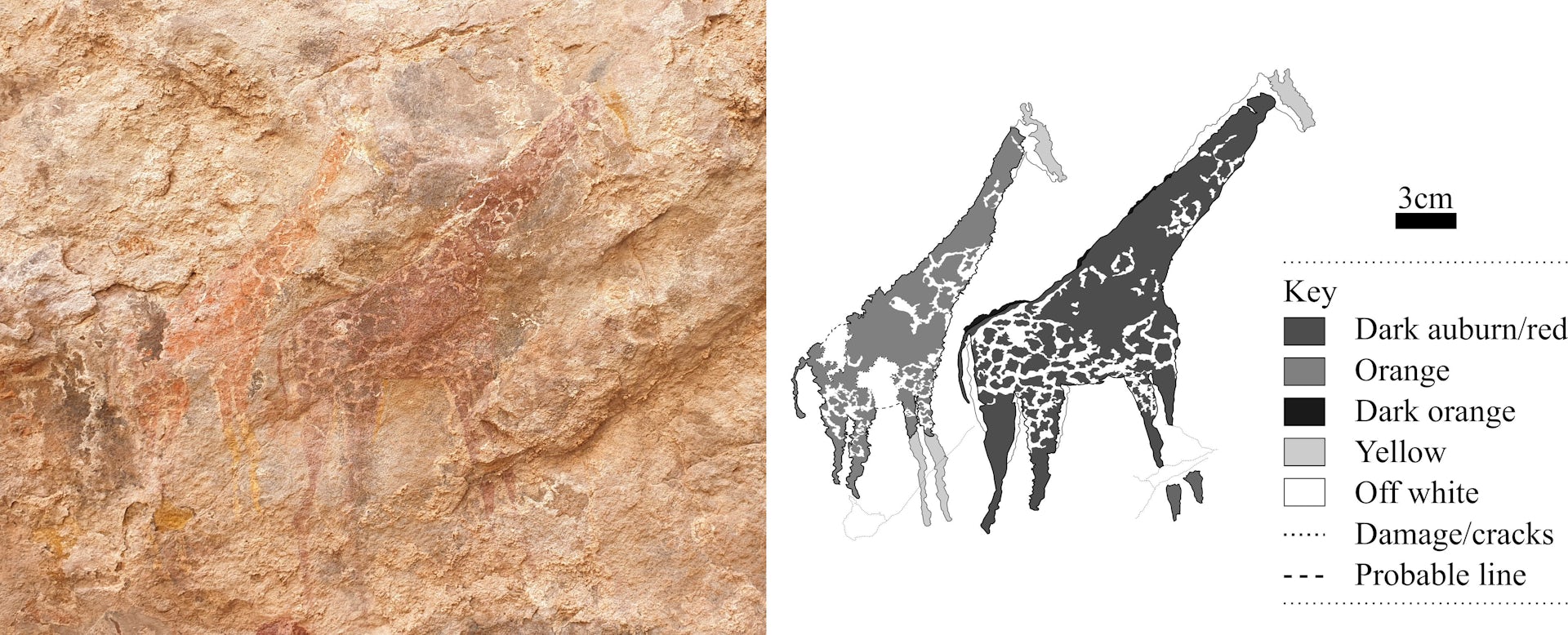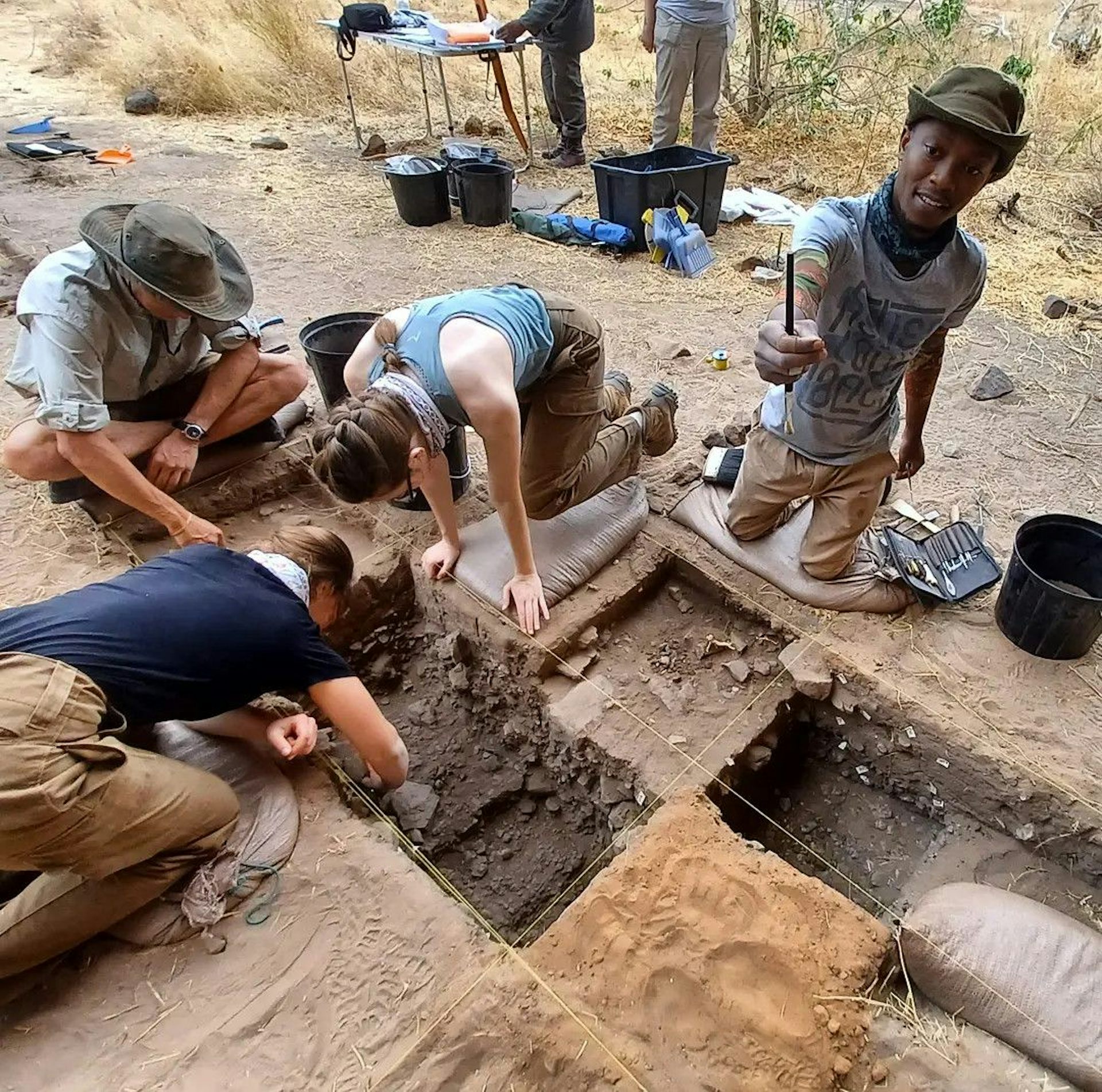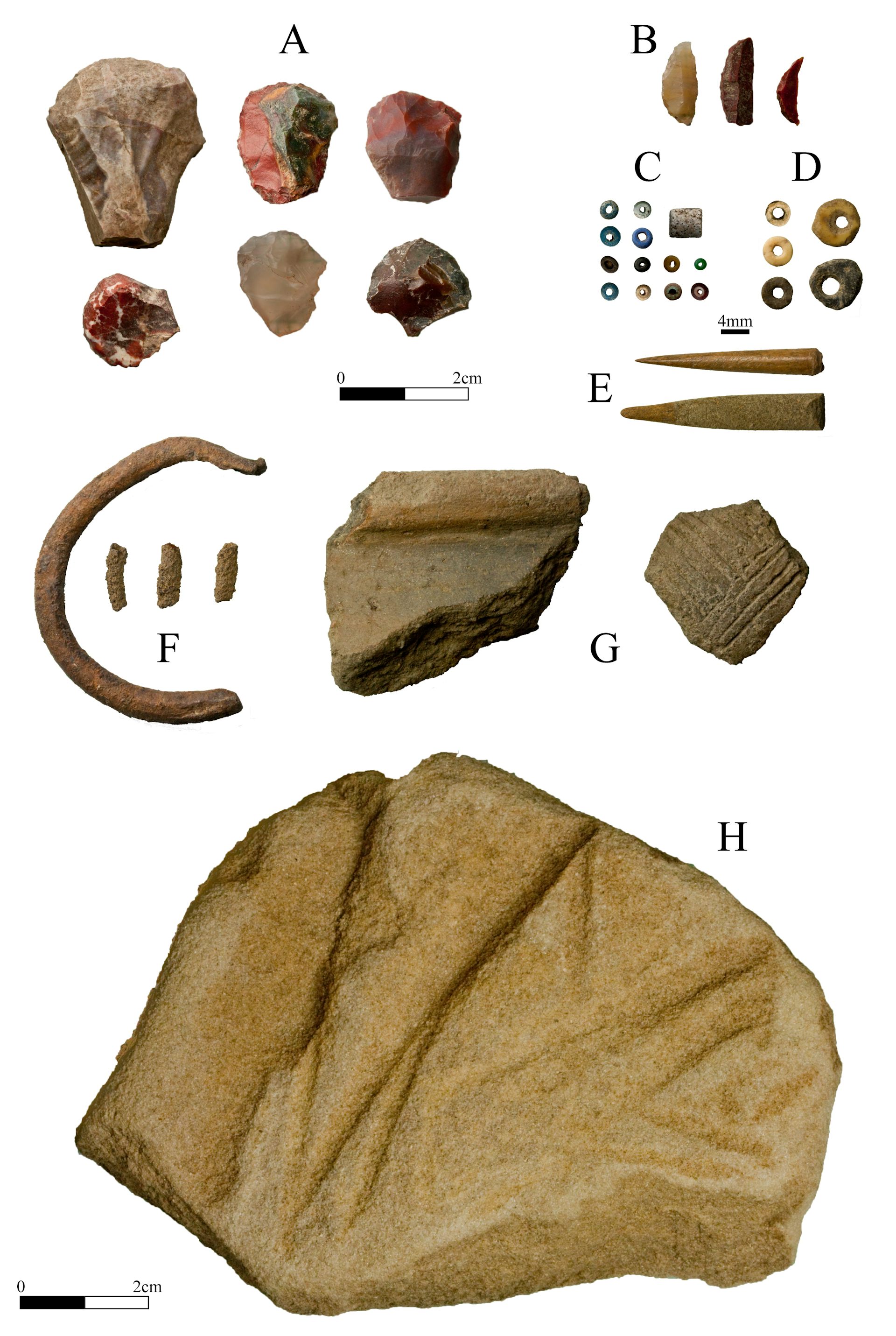Human Evolution in Africa
How Hunter-Gatherers Contributed to Cultural Evolution
How Hunter-Gatherers Contributed to Cultural Evolution
Mapungubwe National Park, South Africa
Human Evolution in Africa
How Hunter-Gatherers Contributed to Cultural Evolution
How Hunter-Gatherers Contributed to Cultural Evolution
Mapungubwe National Park, South Africa
Human Evolution in Africa
How Hunter-Gatherers Contributed to Cultural Evolution
How Hunter-Gatherers Contributed to Cultural Evolution
Mapungubwe National Park, South Africa
Human Evolution in Africa
How Hunter-Gatherers Contributed to Cultural Evolution
How Hunter-Gatherers Contributed to Cultural Evolution
Mapungubwe National Park, South Africa
Human Evolution in Africa
How Hunter-Gatherers Contributed to Cultural Evolution
How Hunter-Gatherers Contributed to Cultural Evolution
Mapungubwe National Park, South Africa
Human Evolution in Africa
How Hunter-Gatherers Contributed to Cultural Evolution
How Hunter-Gatherers Contributed to Cultural Evolution
Mapungubwe National Park, South Africa
Archaeology shows how hunter-gatherers fitted into southern Africa’s first city, 800 years ago
In the west, we tend to minimise the cultural achievements of Africa because it never attained the advanced technological economies Europe and Asia achieved n=my the Late Middle Ages. The factors which caused Africa to remain technologically under-developed include climate, lack of animals suitable for domestication as draught animals and beasts of burden, and the presence of tropical parasites such as the tsetse fly making it difficult to use domestic animals imported from Eurasia.
But despite this there is evidence of sophisticated cultures and political entities such as Great Zimbabwe, Kiliwa and the Kingdom of Mapungubwe, in south Africa, which by 800 CE was trading with China, and India as well as the rest of Africa.
Mapungubwe is a significant cultural site in South Africa, as it was the capital of the Mapungubwe Kingdom, which flourished between the 9th and 13th centuries AD. This kingdom was one of the largest and most complex societies in southern Africa at the time, and its people traded with China, India, and other parts of Africa.
The Mapungubwe Cultural Landscape was declared a UNESCO World Heritage Site in 2003, as it provides insight into the development of African societies before the colonial period. It is also considered a symbol of African cultural identity and the resilience of indigenous cultures in the face of colonialism.
Furthermore, Mapungubwe is considered an important archaeological site, as it has yielded a wealth of artifacts, including gold objects, pottery, and glass beads. These artifacts provide evidence of the advanced technological and artistic skills of the Mapungubwe people and their connections to other parts of the world.
References:
- "Mapungubwe Cultural Landscape." UNESCO World Heritage Centre, whc.unesco.org/en/list/1099/.
- "Mapungubwe." South African History Online, www.sahistory.org.za/place/mapungubwe.
- "Mapungubwe National Park and World Heritage Site." South African National Parks, www.sanparks.org/parks/mapungubwe/.
ChatGPT. (2023, April 6). What's the cultural significance of Mapungubwe in South Africa? References, please. [Response to a question on OpenAI]. Retrieved from https://openai.com
In the following article, Tim Forssman, Senior Lecturer, University of Mpumalanga, South Africa, explains how his team are excavating the site in the Mapungubwe National Park and World Heritage Site and the significance of their discoveries, especially how the hunter-gatherers around the city were essential to its continuation and prosperity.
His article is reprinted here under a Creative Commons license, reformatted for stylistic consistency. The original can be read here.

Archaeology shows how hunter‑gatherers fitted into southern Africa’s first city, 800 years ago
Photo: Tim Forssman
Archaeologists excavate inside and outside Little Muck Shelter, in the Mapungubwe National Park, South Africa.
Photo: Tim Forssman
Tim Forssman, University of Mpumalanga
Where the Limpopo and Shashe Rivers meet, forming the modern border between Botswana, South Africa and Zimbabwe, lies a hill that hardly stands out from the rest. One could easily pass it without realising its historical significance. It was on and around this hill that what appears to be southern Africa’s earliest state-level society and urban city, Mapungubwe, appeared around 800 years ago.
After nearly a century of research, we’ve learnt quite a lot about this ancient kingdom and how it arose among early farmer society and its involvement in global trade networks. However, before farmers settled the region, this terrain was the home of hunter-gatherer groups, who have hardly been acknowledged despite, as it seems, their involvement in the rise of Mapungubwe.
My team and I have been working in northern South Africa at sites that we believe will help us recognise the roles played by hunter-gatherers during the development of the Mapungubwe state in a bid to generate a more inclusive representation of the region’s past.
Our primary study site is called Little Muck Shelter. It is in the Mapungubwe National Park and about 4km south of the Limpopo River. The shelter is fairly large with a protected area under a high ceiling and a large open space in front. It also has many paintings on its walls, including elephants, kudu, felines, people, and a stunning set of giraffes. This art was produced by hunter-gatherers and it is generally considered to refer to the spirit-world and the activities of shamans therein.

Two beautifully painted giraffe are at the centre of the site in orange and red. These have been traced using digital software to limit contact with the art which may lead to damage.
Why is this important? One of the foundational developments that took place that led to the rise of the Mapungubwe Kingdom was the accumulation of wealth. It drove the appearance of hierarchies in society and marked prestige. These trade goods were valuable items usually possessed by elite groups. And yet, hunter-gatherers, through exploiting their own skills, were able to obtain related goods at a time when these items were contributing to significant transformations in society. That they had access to wealth during this period likely shows us that their role in local society was valued and they were entrenched in the local economy in a way that we’ve not previous recognised.
Unearthing evidence of trade
We were attracted to Little Muck Shelter because of previous work at the site in the late 1990s that showed intense trade between hunter-gatherers and farmers took place from the shelter. To understand this better, we needed a larger archaeological assemblage to verify, or refine, what we thought might be taking place.
We also wanted to more closely examine the depths that dated between AD 900 and 1300, during which the processes leading to Mapungubwe began and ultimately concluded, in order to clearly show a hunter-gatherer presence during this period as well as their participation in local economic networks.

Field team member Siphesihle Kuhlase shows a broken bangle while others remove deposit in search of artefacts.
Following this is a lengthy period of analysis that adheres to rigorous protocols to ensure consistency in identifying artefact types, their production techniques or methods, how they were used, and what they were made from.
We then piece all this evidence together in our attempt to understand past ways of living. From our results, we were able to trace a hunter-gatherer history that intertwined with the rise of Mapungubwe.
Our first and important task was to show that hunter-gatherers were still around when Mapungubwe appeared. To date, we’ve examined about 15,000 stone tools from a sample of our excavations and identified a set of finished tools that are the same as those produced by hunter-gatherers for millennia before farmer groups appeared. We believe that this consistency in cultural material over such a long span of time clearly shows that hunter-gatherers were living in the shelter when farmers were in the area.

A range of artefact types found at hunter-gatherer sites like Little Muck Shelter. Stone scrapers (A) and backed tools (B), which were used for producing goods and hunting, respectively, glass beads (C), traded into central Africa from the east African coastline, and larger ostrich eggshell beads (D), bone points or needles (E), broken pieces of copper jewellery (F) and pottery (G), and a grooved stone used to either sharpen metal tools, round ostrich eggshell beads, or finish and polish bone tools (H).
Tim Forssman
Why did they change their crafting activities? At the same time that these shifts took place, we recorded the appearance of trade wealth in the form of ceramics and glass beads, initially, and then metal. These goods were never made by hunter-gatherers and are common at farmer settlements, indicating exchange between these two communities. It indicates that hunter-gatherers responded to new market opportunities through emphasising their own skill sets.
Our work to identify more evidence that shows a hunter-gatherer involvement in these processes continues. We are trying to find out in what other ways they were involved and whether they themselves developed a more complex society.
Tim Forssman, Senior Lecturer, University of Mpumalanga
This article is republished from The Conversation under a Creative Commons license. Read the original article.




No comments :
Post a Comment
Obscene, threatening or obnoxious messages, preaching, abuse and spam will be removed, as will anything by known Internet trolls and stalkers, by known sock-puppet accounts and anything not connected with the post,
A claim made without evidence can be dismissed without evidence. Remember: your opinion is not an established fact unless corroborated.